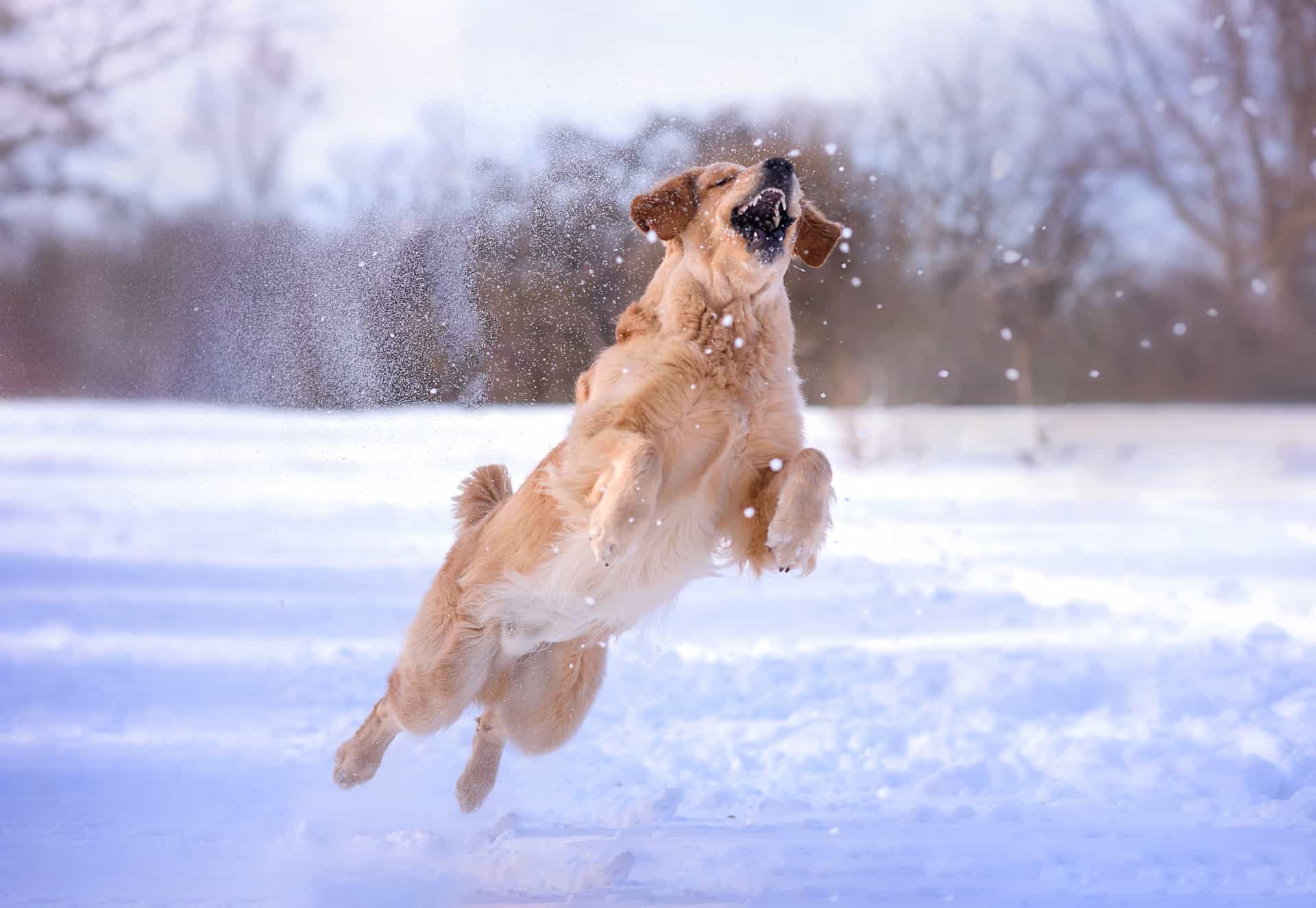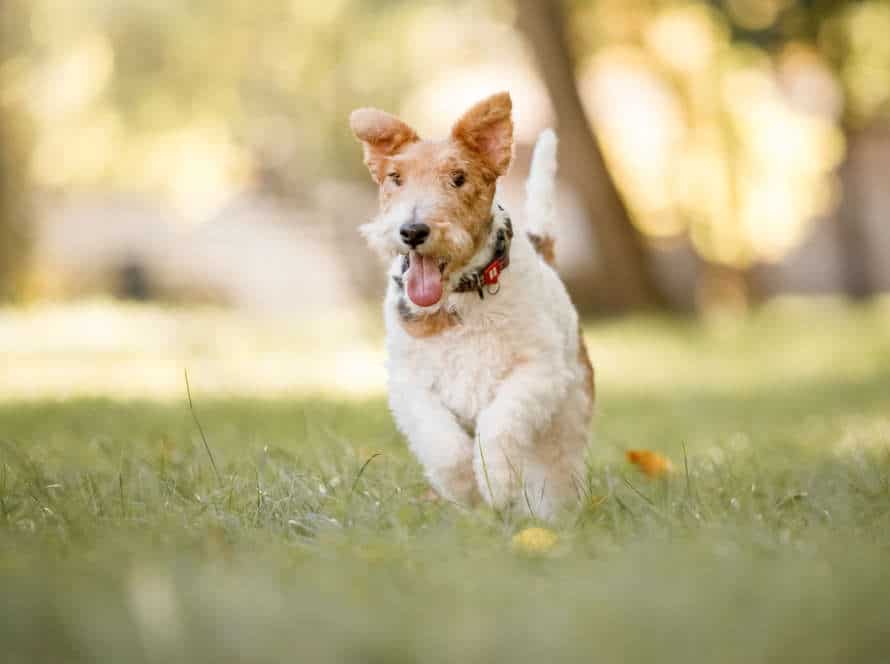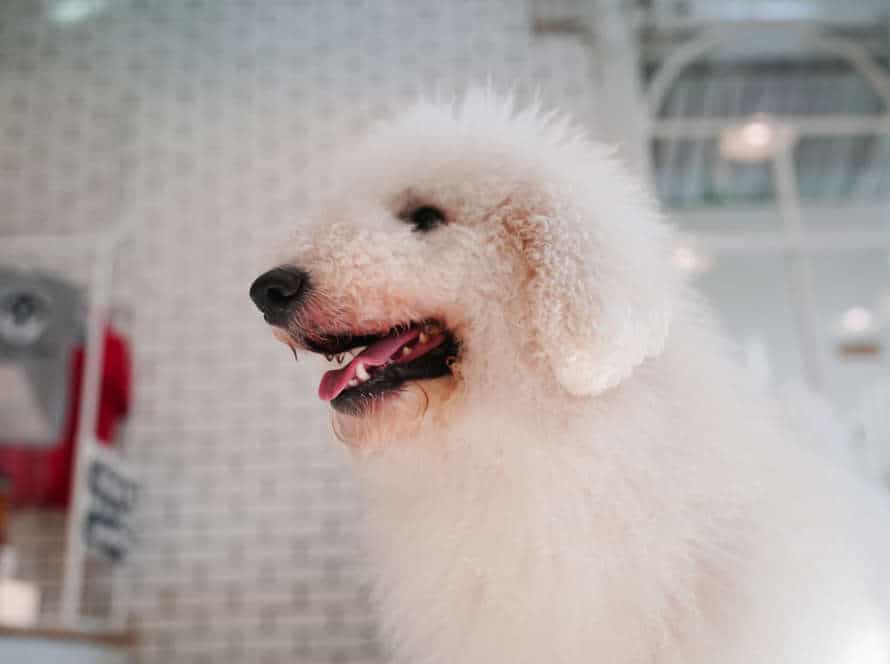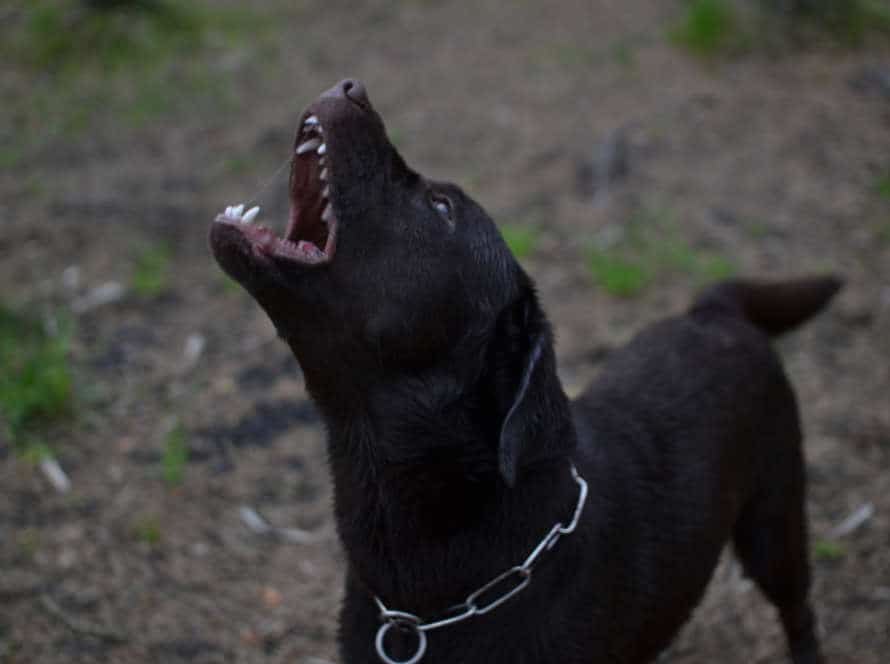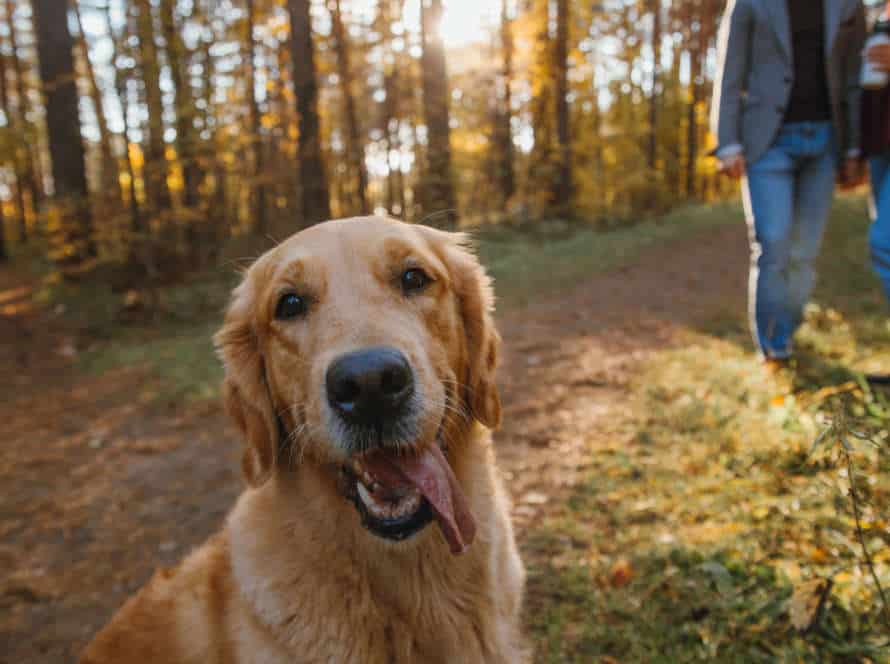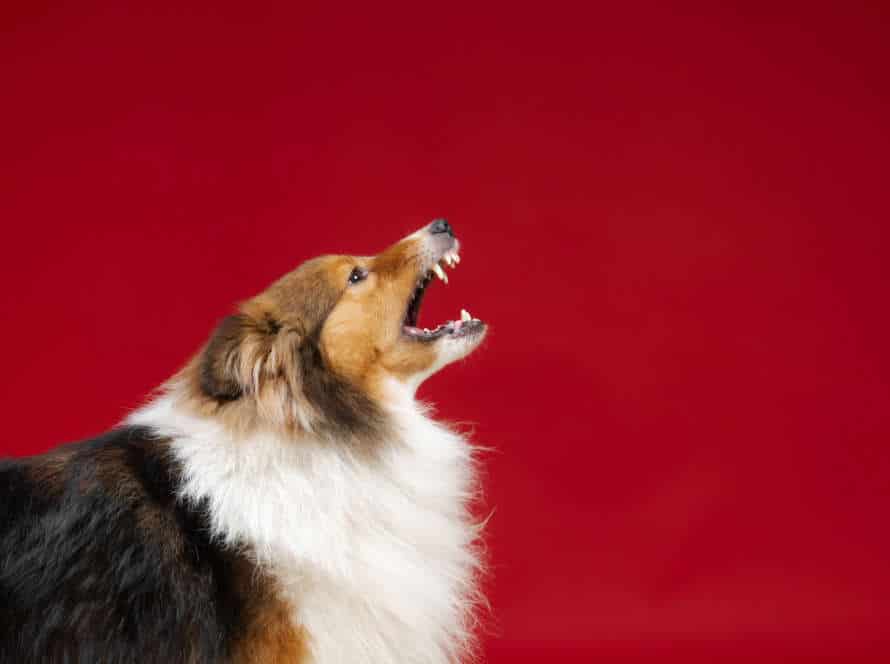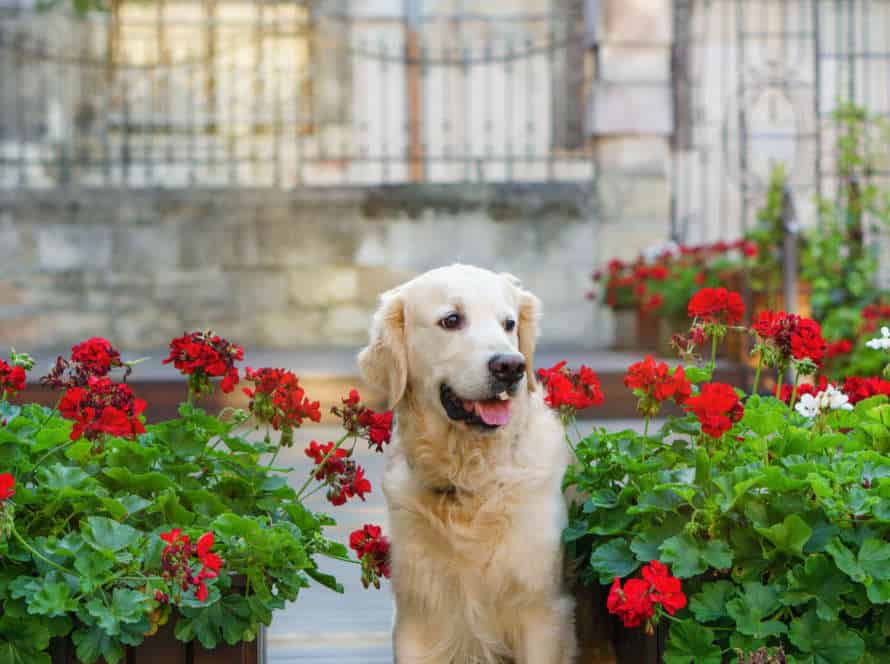How to Set Up a Dog-Free Zone for Entertaining
If you’re hosting a gathering at home, it’s important to make a dog-free zone for your guests. Here’s how to do it:
- Choose an area for your pup. Keep them in a separate room or outside enclosure away from your guests.
- Use a baby gate or dog pen to create a physical barrier.
- Provide water, food, and bedding for your pup to keep them entertained.
- Let your guests know about the dog-free zone before the party.
- Never leave your pup alone during the gathering. Give them lots of love and attention once the event is over.
By following these steps, your guests can have a great time without worrying about their safety or allergies around dogs.
Selecting the Dog-Free Zone
A dog-free zone can be a must when you have guests over. Allergies and fear of dogs can be a factor. Consideration of the size and furniture should be taken into account. Comfort and safety should be a priority. Let’s consider what is needed to create a proper dog-free zone. Size, furniture, and the guests’ wellbeing should all be factored in.
Choosing a designated area for the dog-free zone
If you’re entertaining guests, make sure to have a designated dog-free zone! This will give visitors a comfortable space. Plus, no one will get tripped over by your furry pal. Here’s how to choose the perfect area:
- Pick somewhere your dog doesn’t usually go. Maybe a room with a door or gate.
- Clear the area of any items that may attract your pup.
- Put up a sign to explain the zone’s boundaries.
- Create a cozy, welcoming spot for guests. Make sure it’s well-lit and has enough seating.
- Pro Tip: Set up a comfy crate or bed in another area. Give your pup food, water, and toys to keep them busy.
Sizing the space appropriately
Creating a dog-free zone for entertaining? Here are a few things to consider:
- Determine the size based on guests and pet activity.
- Layout your home and yard, sectioning off an area not too small or too large.
- Use baby gates or exercise pens for a physical boundary.
- Put pet beds and toys outside the zone.
- Provide food, water, and potty breaks before and during the event.
- Pro tip: Politely communicate boundaries to guests.
- Ensure a stress-free time!
Identifying potential hazards that may need to be addressed
Before having a dog-free zone for fun, it’s essential to recognize potential risks that might hurt your pets or visitors. Here are some of them:
- Toxic plants or chemicals: Some plants and chemicals can be toxic if eaten or breathed in. Clear out toxic plants and store dangerous chemicals away from the area.
- Sharp objects: Broken glass, metal shards, or pointed furniture can cause pain to both pets and people. Look for sharp objects and take them away.
- Hot surfaces: Grills, fire pits, or hot tubs can give burns. Ensure the dog-free zone is far from hot surfaces.
- Escape routes: Secure the dog-free zone so pets can’t escape. Close gaps such as doors or gates, or use pet gates to enclose the area.
By finding and dealing with potential risks, you can make sure the dog-free zone is secure for your pets and visitors.
Preparing the Dog-Free Zone
Want to make sure your pup won’t be a bother when you have guests? Creating a dog-free zone in your home is the way to go! Prepping it right is key. Here’s what you need to know. To ensure you and your visitors feel safe, here’s how to prepare your dog-free zone:
Creating a physical barrier to separate the area
Creating a physical barrier is a simple and efficient way to set a pup-free area. Here’s how:
- Choose a space and measure it.
- Get a few freestanding room dividers or use furniture, such as bookshelves or couches.
- Place the dividers or furniture around the area. Or, if entertaining outdoors, use a portable fence.
- Give your pup water and toys.
- Securely close the gate and let them stay there until the event ends.
Removing all hazards and potential dangers
Prior to entertaining in a dog-free zone, it is essential to remove all risks and possible threats, ensuring the safety of all present, both your guests and pets.
To get ready:
- Identify the space you wish to be dog-free.
- Take away all hazardous items such as sharp objects, chemicals and choking hazards.
- Close or block off any areas that may be a hazard to pets, such as pools, fire pits or outdoor kitchens.
- Provide a comfortable and secure spot for your dog, like a crate or another room.
- Tell your guests about the designated dog-free area and make sure it is visibly marked.
By taking steps to eliminate risks and designate safe areas for your pets, you can create a relaxed and enjoyable environment for your guests and your furry friends.
Adding appropriate furniture and decor to the area
Creating a dog-free zone in your home for entertaining can seem intimidating. But, the right furniture and decor can make it easier and more enjoyable.
Here’s how:
- Pick a room or area that is closed off and easy to clean.
- Take away any items your dog connects with, like beds and toys.
- Place furniture like couches, chairs, and tables to give your guests a comfy and inviting spot.
- Accessorize with rugs, throw pillows, and wall art to make a cohesive and stylish look.
- Add practical items such as a coat rack or umbrella stand to make sure your guests have what they need.
This way, your guests can feel relaxed and your pup can play and roam in other areas of your home.
Training Your Dog to Respect the Dog-Free Zone
Want to host guests without worrying about your pup? Set up a dog-free zone! Training your pup to respect it is easy. It’ll just take time and patience. Here are the steps to make sure your dog gets it:
- Choose a space in your home where your dog is not allowed to enter when you have guests. It can be a spare bedroom or a crate. Make sure the space is comfortable and safe for your dog.
- Introduce your dog to the designated space using verbal cues like “go to your room.” Offer treats and praise your pup when they enter the space on command.
- Limit your dog’s access to the rest of your home while guests visit. Use a baby gate or keep doors closed to reinforce the designated space.
- Let your guests know about the dog-free zone and ask them not to interact with your dog while in the space. This will help your pup learn that the space is strictly off-limits when guests are around.
- Reinforce the rules regularly by providing plenty of positive feedback when your pup respects the designated space. With consistency and time, your dog will learn to associate the space with a safe and positive experience, making it easier for you to host guests worry-free.
Introducing your dog to the designated area
Create a dog-free zone for entertaining and train your pup to respect it. A few steps to make this happen:
- Identify the area, like the living room or dining area.
- Put a baby gate or other blockage to prevent pup from entering.
- Train pup to obey commands like “stay” and “come.” Use treats and praise to reward good behavior.
- Introduce pup to the zone, start with a leash and reward for staying out.
- Repeat until pup learns to stay away voluntarily.
- With patience and consistency, pup will learn to respect the zone for worry-free entertaining.
Teaching your dog the “no-go” cue
Train your pup the “no-go” cue. It’s important for setting a dog-free area for fun. Here’s what to do:
- Pick the spot where you want the area.
- Choose a phrase that your dog can understand, like “no-go” or “out“.
- Train them to respond to the phrase by guiding them away when they enter.
- Give your pup praise when they obey.
- Keep the cues consistent and train in short, frequent sessions.
- Make sure the spot is safe and provide other activities for when you have guests.
Reward them for following boundaries. With patience and regularity, your dog will learn the “no-go” cue and respect the area.
Rewarding your dog for respecting boundaries
Training your pup to respect boundaries is essential for creating a dog-free zone in your home. This is useful for entertaining guests, or giving your pup a break. Here are reward-based techniques you can use:
- Positive reinforcement: Praise or treat your dog when they stay outside the designated space. Let them know this behavior leads to a reward.
- Boundary Training: Use positive reinforcement to teach your dog to stay in a specific area. Walk them on a leash and reward them for staying there. Increase the time your dog spends within the dog-free zone without the leash.
- Consistency: Be consistent with the rules. Allowing exceptions will make it harder to train them.
By using these techniques, you can make a peaceful space for your guests and pup when socializing.
Communicating With Your Guests About the Dog-Free Zone
Hosting a gathering without furry friends? It can be tricky. Make sure to communicate with your guests in a clear and respectful way. Do this before the invitation is sent out. This’ll make it easier for your guests to respect the no-dog zone. Here’s some tips on communicating with folks about no doggies:
Clearly indicating the location of the dog-free zone
Communicating the location of the dog-free zone to your guests is key. Here are some ways:
- Place signs around your home/yard, to show boundaries.
- Send an email/message before the gathering. Explain why there’s a dog-free zone.
- Greet guests upon arrival and verbally explain the location/boundaries.
- Provide a designated area for dogs. Make sure it’s clearly marked.
These methods will ensure your human and canine guests have a great time!
Explaining the reasoning and importance of the zone
Are you a pup parent hosting guests? Setting up a dog-free zone is essential. It’s a place in your home where dogs can’t go. Here are the reasons why:
- Not everyone is comfortable around dogs. Some may have allergies or phobias.
- Unfamiliar faces and surroundings could stress your pup.
This way, both guests and pups feel safe and comfortable. A dog-free zone could be an extra room, a certain area of the yard, or a gated part of your house.
Let your guests know about the dog-free zone before the event. A sign will remind them.
Pro Tip: Keep your pup happy. Provide them with their own space, toys, water and food. Exercise them before the event.
Providing alternative solutions for your guests with dogs
If you’re hosting and some guests have dogs, it’s important to communicate. Provide solutions for their furry friends. Here are tips for setting up a dog-free zone:
- Designate a specific area, like a room or backyard section. Make it clear to your guests.
- Provide alternatives. Hire a professional sitter. Offer to keep the dog in a designated area with food, water, and toys. Suggest a nearby daycare.
- Be understanding. Not everyone is comfortable around dogs. Some dogs may feel stressed in crowds or unfamiliar settings.
Your goal: make your guests feel comfortable and welcome, no matter their furry friend’s situation.
Maintaining the Dog-Free Zone
Secure a dog-free area for your get-together! This is vital if any of your visitors have allergies. This way, they can be comfy and have a great time. Here’s how to establish and keep the dog-free zone:
- Choose a designated area: Determine which area will be dog-free and make sure all visitors know the boundaries.
- Inform guests: Let your guests know that you will be having a dog-free zone and why it’s important. Consider including this information on your invitations.
- Place barriers: Use baby gates, indoor fences, or other barriers to block off the designated area and prevent dogs from entering.
- Enlist help: Assign someone to monitor the designated area and ensure that no dogs enter.
- Provide comfortable seating: Make sure there is plenty of comfortable seating inside the designated area for guests who have allergies.
Keeping the area clean and well-maintained
Having a dog-free zone for entertaining requires keeping the area clean and hygienic. Dogs may leave behind dirt, dander, and hair which can be bad for guests, especially those with allergies. Here are some tips:
- Set up a no-dog area. Let everyone, including your pup, know the limits.
- Use special cleaning supplies. Get a vacuum, dustpan, brush, and sprays for the area.
- Clean often. Vacuum, dust, and wipe surfaces regularly.
- Check for pet hair/dander. Remove any pet hair/dander from carpets and furniture.
By following these tips, you can make sure your guests are in a safe and pleasant environment.
Reassessing the location and sizing of the zone as needed
For entertaining guests, it’s important to make a dog-free zone. Here are some ideas:
- Decide the size of the zone according to your home and the number of guests. Bigger homes/backyards can have bigger zones. Smaller homes/backyards need smaller zones.
- Choose a safe, comfy location. It should be away from where your dog plays or sleeps. Also check for any hazards like sharp objects and toxic plants.
- Keep an eye on the size and location of the zone. If guests don’t use it, or your dog can still get in, change it up!
Consistently enforcing the boundaries with your dog and guests.
To create a dog-free zone during entertaining, it is essential to set and consistently enforce boundaries with your dog and guests. These tips will help:
- Designate an area of your home as the dog-free zone and inform your guests before they arrive.
- Use baby gates, closed doors, or other physical barriers.
- Train your dog to stay in another room or outside while entertaining. Reward them with treats and praise for good behaviour.
- If they enter the dog-free zone, calmly remove them and focus their attention elsewhere.
- Be consistent with your rules and boundaries for both your dog and guests.
In the end, that way everyone is aware of the situation, making it a stress-free and enjoyable experience.
Frequently Asked Questions
1. Why is it important to set up a dog-free zone for entertaining?
Answer: It is important to set up a dog-free zone for entertaining to ensure the safety and comfort of all guests, particularly those who may have allergies, fears, or phobias of dogs.
2. How do I select an appropriate dog-free zone?
Answer: An appropriate dog-free zone should be an enclosed area, such as a bedroom, bathroom, or outdoor patio, that can be securely shut off from the rest of the house or yard.
3. What steps can I take to communicate the dog-free zone to guests?
Answer: You can communicate the dog-free zone to guests by placing signs in visible locations, including the entrance to the zone and the main entrance to the house or yard.
4. What should I do with my dog during the event?
Answer: During the event, it is best to keep your dog in a separate area that is not accessible to guests, such as a bedroom or crate. Alternatively, you can consider taking your dog to a doggy daycare or arranging for a pet sitter.
5. What if a guest brings their own dog to the event?
Answer: You should kindly remind the guest that you have a dog-free zone for the safety and comfort of all guests, and ask them to keep their dog in a separate area or arrange for a pet sitter.
6. How can I ensure that my dog is not disruptive during the event?
Answer: To ensure that your dog is not disruptive during the event, you can consider providing them with interactive toys or treat puzzles to keep them occupied. You can also hire a professional dog trainer to work with your dog in advance of the event.

